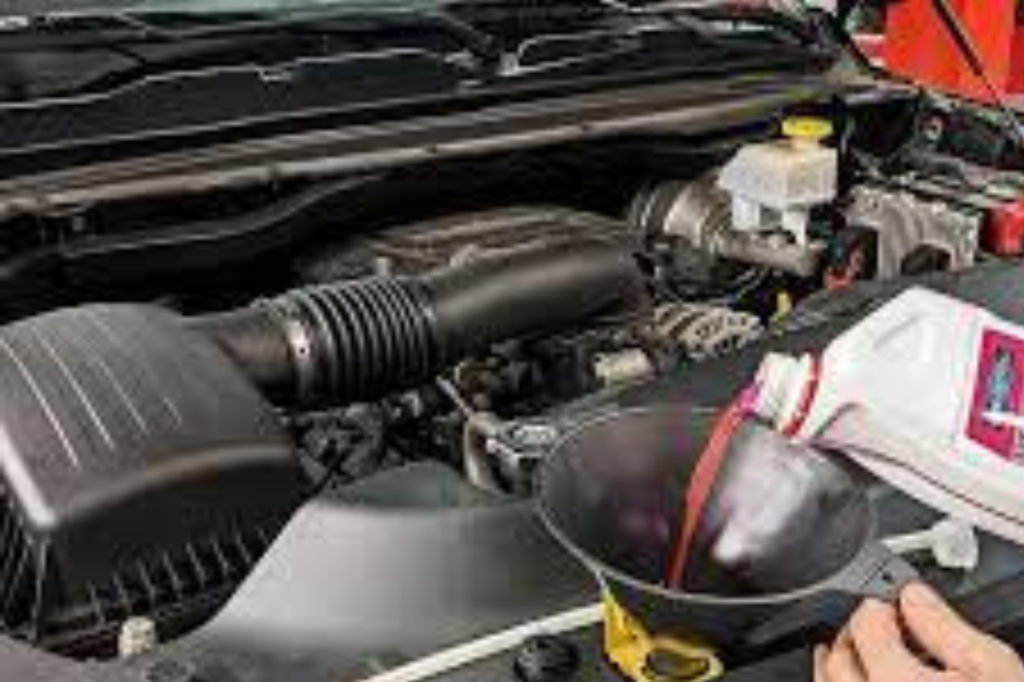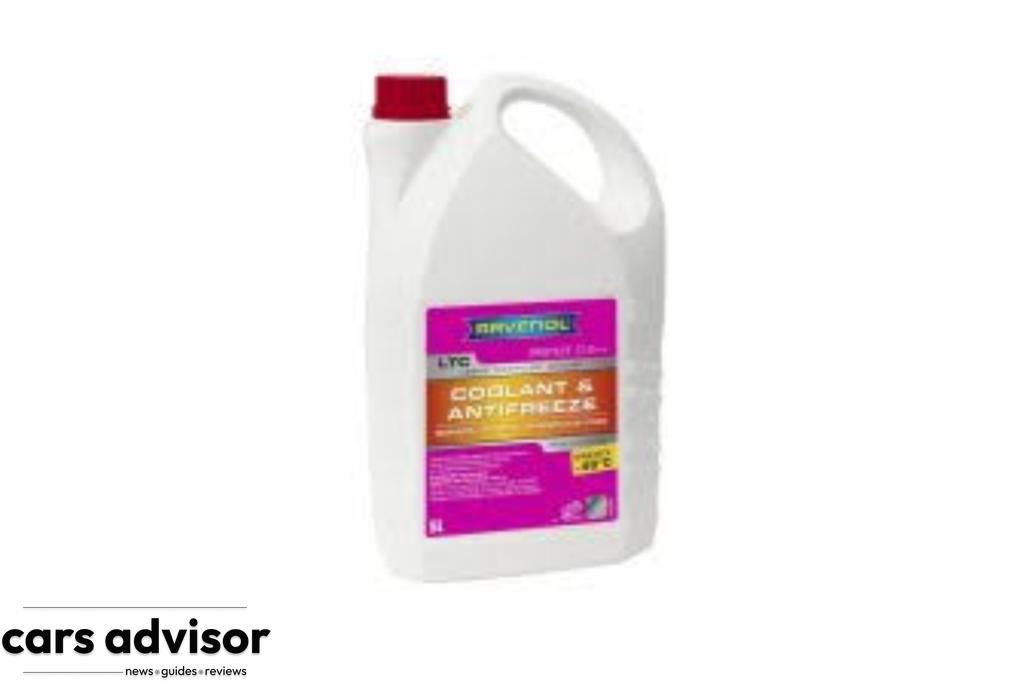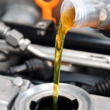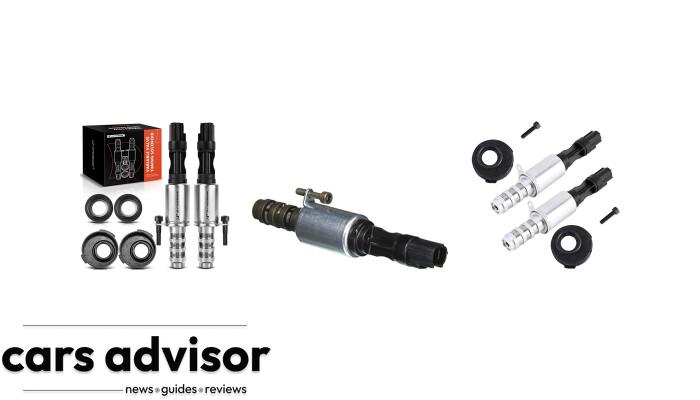Ensuring your Ram 1500’s cooling system is functioning properly is vital for maintaining optimal engine performance and preventing costly repairs down the road.
One of the best ways to do that is by monitoring your coolant levels and knowing how to add more when needed properly.
In this comprehensive guide, we will walk you through everything you need to know about how to Add Coolant To Ram 1500, including the importance of using the right type for your truck, a step-by-step process for measuring and topping off coolant levels, and essential maintenance tips to extend the life of your vehicle’s cooling system.
Understanding Your Ram 1500’s Cooling System
Knowing how your Ram 1500’s cooling system works and the importance of coolant is crucial to keeping your engine running smoothly.

Importance Of Coolant In Vehicles
The importance of coolant in vehicles cannot be overstated, as it plays a crucial role in maintaining your engine’s optimal performance and longevity.
Coolants, or antifreeze, help regulate the temperature inside your vehicle’s radiator by absorbing excess heat generated during normal operation and redistributing it evenly to keep the engine from overheating.
For instance, imagine you’re driving along on a hot summer day, enjoying the roar of your powerful Ram 1500 engine, when suddenly you notice steam billowing out from under the hood.
This scenario could have been easily avoided had you regularly checked and maintained an appropriate level of coolant mixture.
In addition to preventing overheating disasters like this one, coolants offer other benefits, such as protection against rust formation and assisting with efficient energy usage within the engine system.
Identifying The Coolant Reservoir
On a Ram 1500, the coolant reservoir is usually located near the engine and has markings to indicate maximum and minimum levels of coolant. To locate it, refer to your owner’s manual or search online for your model year.
Once found, check the coolant level by looking at the side markings without removing the radiator cap.
It’s important to note that adding too much coolant can be just as bad as not having enough. Overfilling can lead to pressure buildup and potential damage to your engine’s cooling system.
Always check your Ram 1500’s owner’s manual for recommended levels and types of coolant before adding any fluid.
Types Of Coolants Used In Ram 1500
Using the right type of coolant for your Ram 1500 is essential to maintain the proper functioning of your vehicle’s cooling system.

The following table outlines the most commonly recommended coolants for various models and years of the Ram 1500.
| Model Year | Engine Type | Recommended Coolant |
|---|---|---|
| 2012 | 5.7 L | 50/50 mixture of water and antifreeze/coolant |
| 2019 | Varies | Refer to the owner’s manual for specific engine types |
| Dodge Ram 1500 | Varies | Best coolant may vary based on model year and engine type |
Refer to your Ram 1500 owner’s manual for the specific coolant type recommended for your vehicle’s engine. Using the correct coolant will help prevent engine overheating and potential damage to your cooling system.
How To Check And Add Coolant To Ram 1500
To check and add coolant to your Ram 1500, first, ensure that the engine is cool, then locate the coolant reservoir and open it by twisting off the cap.
When To Check The Coolant Level
Checking the coolant level of your Ram 1500 is an essential part of routine maintenance. It’s important to check the coolant level regularly, especially before long trips or extreme temperatures.
If you notice that your engine is running hotter than usual, it may be a sign that your coolant levels need attention. A good rule of thumb is to check the coolant level every time you change your oil or have routine service done on your vehicle.
This will help prevent overheating and potentially costly repairs down the line.
How To Check Coolant Levels
Checking the coolant levels in your Ram 1500 is an important part of maintaining its cooling system.
Here’s how to do it:
- Park the vehicle on level ground and let the engine cool down before checking the coolant.
- Locate the coolant reservoir, typically a translucent plastic tank connected to the radiator.
- Look at the markings on the side of the tank to determine if the coolant is sufficient. If there are “full” and “low” markings, ensure the coolant level is between them.
- Remove the cap from the reservoir and check the actual fluid level inside.
- Ensure there are no visible leaks or cracks in the reservoir or any other parts of your Ram’s cooling system.
- If you notice that your coolant levels are low, top up with a mixture of water and antifreeze/coolant in equal amounts until it reaches near full capacity.
Regularly checking your Ram 1500’s coolant levels helps prevent overheating and further damage to internal components of your engine like crankshafts and, camshafts, water pumps, among others, ensuring a smooth ride for many miles to come.
Locating And Opening The Coolant Reservoir
To locate and open the coolant reservoir in your Ram 1500, follow these steps:
- Open your vehicle’s hood and secure it with the hood prop.
- Look for the coolant reservoir, typically a translucent plastic tank near the radiator.
- Check the owner’s manual if you can’t find it; it should have a diagram indicating its location.
- Once you’ve found it, remove the cap by pressing down and turning counterclockwise.
- If any pressure is built up in the reservoir, wait a few minutes before removing the cap to avoid getting sprayed with hot fluid.
- If you need to add coolant, pour it into the opening where the cap was removed until it reaches the “full” line on the side markings.
- After adding coolant, replace and tighten the cap back on securely to prevent leaks.
Following these simple steps, you can easily locate and open your Ram 1500’s coolant reservoir and ensure your engine stays cool and runs smoothly.
Adding The Recommended Coolant Mix
One important thing to remember when adding coolant to your Ram 1500 is the recommended coolant mix.
Here are some steps to follow:
- Check the owner’s manual or manufacturer’s website for the type of coolant recommended for your specific model and engine.
- Purchase the correct type of coolant, either pre-mixed or concentrated (which needs to be mixed with water).
- If using concentrate, mix it with distilled water at a 50/50 ratio.
- Remove the radiator cap and pour the coolant mixture into the opening until it reaches the “full” line on the side markings.
- Replace the radiator cap securely.
Using the recommended coolant mix is important because using an incorrect mix can lead to inefficiency, damage parts of your engine, and even cause overheating.
Mixing antifreeze and water at a 50/50 ratio provides optimal thermal conductivity, corrosion protection, and freeze protection for your Ram 1500’s engine.
Remember that mixing different types of coolants can also cause problems, so always stick with one type recommended for your vehicle.
Tips For Maintaining Your Ram 1500’s Cooling System
To ensure your Ram 1500’s engine stays cool and in optimal condition, it is important to regularly monitor the temperature gauge, check for leaks, and flush and replace the coolant at recommended intervals.
Monitoring The Temperature Gauge
I always closely monitor the temperature gauge in my Ram 1500 to ensure it stays within a safe range. Overheating can cause serious damage to your engine and lead to expensive repairs, so it’s important to catch any issues early on.
While driving, I like to periodically check the temperature gauge to make sure it’s not rising too high.
Remember that sometimes an overheating engine won’t cause your temperature gauge to rise, so listening for any unusual sounds or smells coming from under your hood is important.
Checking For Leaks
One important aspect of maintaining your Ram 1500’s cooling system is checking for leaks. Leaking coolant can cause major engine damage and costly repairs if left unnoticed.
Here are some steps to check for leaks:
- Inspect the ground beneath your vehicle for any signs of coolant puddles or stains.
- Check the hoses connected to the radiator, engine block, and coolant reservoir for cracks or damage.
- Look for any signs of corrosion on the radiator or water pump.
- Carefully inspect the radiator cap and ensure it is tightly sealed.
- Consider using a pressure tester to determine if there are any leaks in the system.
Regularly checking for leaks and addressing any issues promptly can prevent overheating and keep your Ram 1500 running smoothly.
Regularly Flushing And Replacing Coolant
Maintaining your Ram 1500’s cooling system involves more than just checking the coolant level regularly. Flushing and replacing the coolant at recommended intervals is also essential to keep the engine running smoothly.
Over time, sediments, debris, and rust can build up in the cooling system, causing clogs that restrict flow and reduce heat transfer efficiency.
A standard coolant flush procedure involves draining the old fluid out of the radiator and engine block, flushing them with water or a cleaning agent to remove any deposits, and refilling with fresh fluid.
The frequency of this service varies depending on your vehicle model year; however, it is generally recommended every two years or 30,000 miles for most Dodge Ram trucks.
Neglecting this vital maintenance can result in overheating issues that could damage your engine beyond repair.
Conclusion
Adding coolant to your Ram 1500 is essential to maintaining the vehicle’s cooling system. By following these simple steps, you can ensure that your engine stays cool and runs smoothly.
Remember always to use the recommended coolant mix and check the levels regularly. Also, don’t forget regular maintenance, such as flushing and replacing the coolant when needed.
FAQs:
1. What type of coolant should I use for my Ram 1500?
Using a mixture of ethylene glycol and water with a concentration of at least 50% ethylene glycol is recommended.
2. How do I know if my Ram 1500 needs more coolant?
Check the coolant level in the radiator or overflow tank regularly, or look for warning lights on your dashboard indicating low engine coolant levels.
3. Can I add straight water instead of a coolant mixture to my Ram 1500’s cooling system?
Using only plain water without any antifreeze is not recommended as it can cause engine corrosion and reduce lifespan.
4. What steps should I take to add coolant to my Ram 1500 safely?
First, ensure your engine has cooled down before opening your vehicle’s hood and locating the radiator or reservoir tank.
Next, slowly pour the appropriate amount of properly mixed coolants into either location until it reaches between minimum and maximum marks on their respective tanks/locations.
Be careful not to overfill, as this could lead to spillage from pressure buildup during warm weather conditions while driving at high speeds.
Note: It’s highly recommended that you consult an experienced technician before performing these tasks by yourself if you are unsure about them, especially when dealing with automotive machinery & service processes which are quite complex requiring experience & training to avoid detrimental effects on cars engines/motors such as overheating which may damage its critical parts beyond repair thus leading higher cost repairs than expected.






















